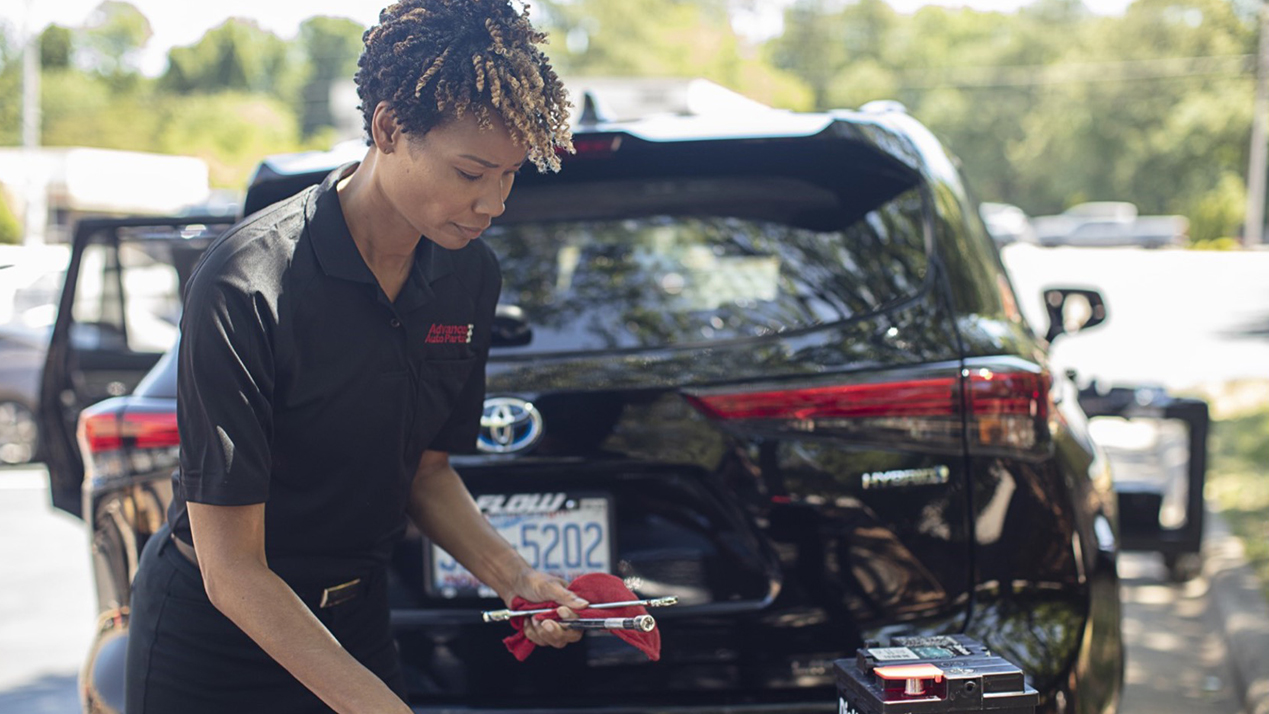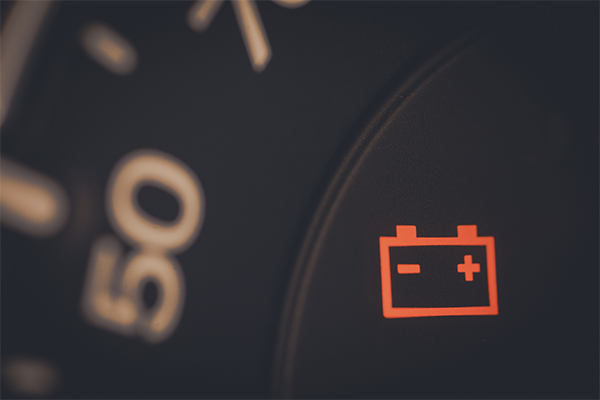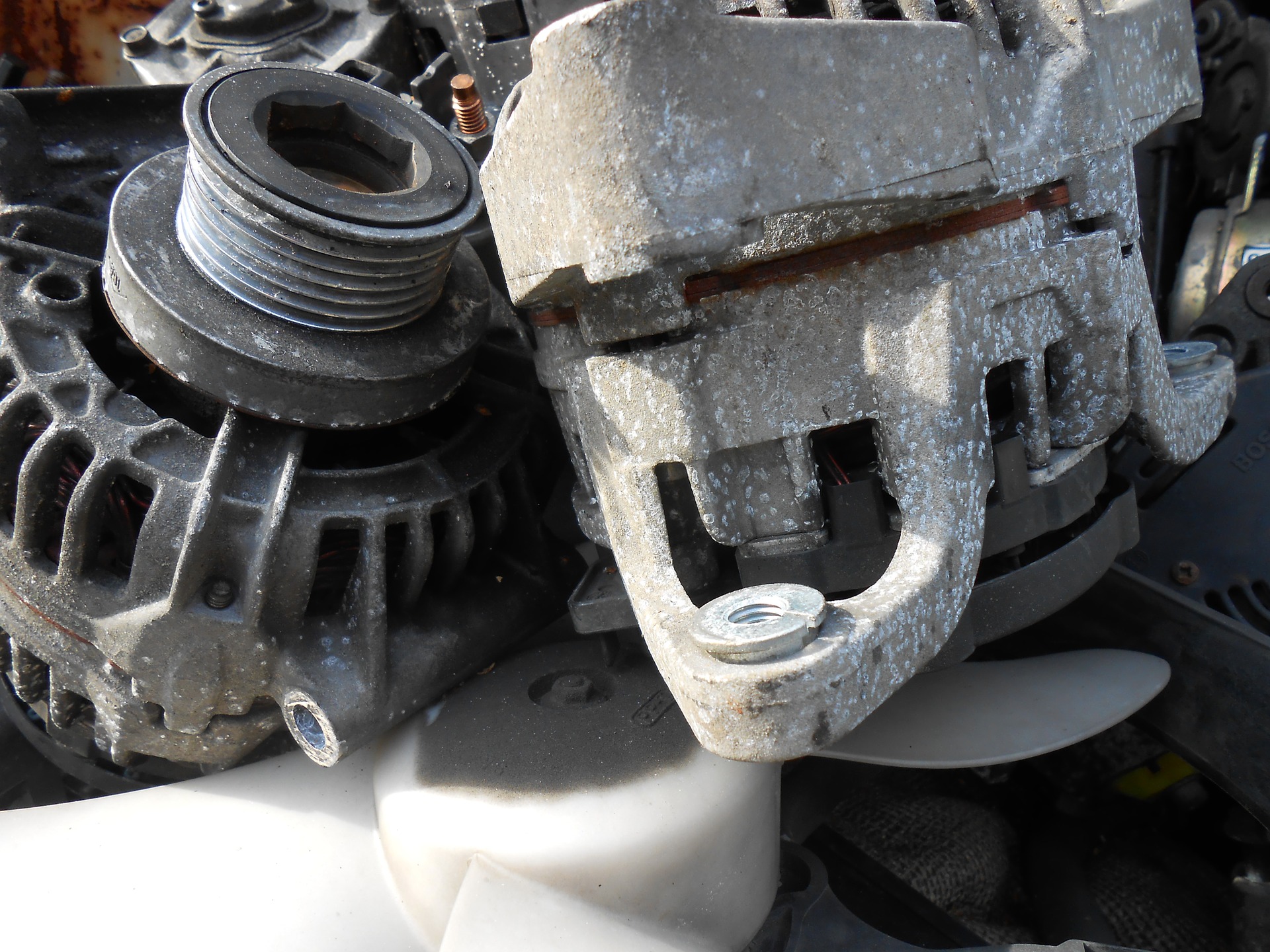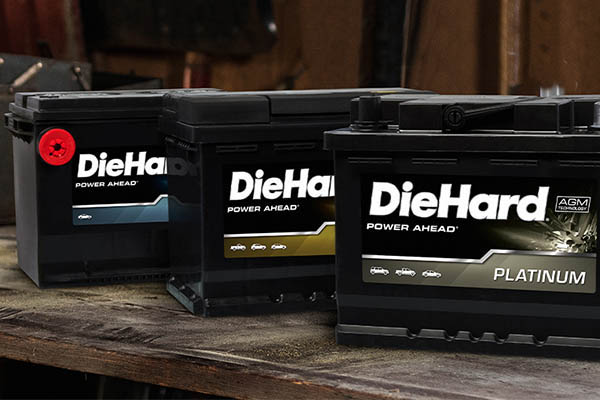
The Qualities and Important Features of a Good Portable Car Battery Jumper
When it comes to jumping your vehicle at short notice, a portable car battery jumper might be one of your best options. Portable jumpers or jump boxes weren’t around 25 years ago, but have become fairly commonplace today. This device will help you out of a jam without the need to call another vehicle. Versatile, easy to use and often packed with useful features, some of the best-designed portable jumpers have been steadily coming down in price, so you don’t have to worry about paying too much for something that’s essentially a highly practical emergency product. Find out which battery is right for your vehicle.
What Is a Car Battery Jumper?
A portable car battery jumper is a device that operates essentially the same as your typical jumper cables, but without needing to be connected to another vehicle to work. You can take your jumper with you anywhere, connect it to your car when you need it, and get your engine started in no time. Your battery will be running like clockwork without the cumbersome process of asking a friend or family member to drive their vehicle to the scene and help you out. Portable jumpers are typically rated by amps, and not all have low-amperage designs. Lead-acid jumpers are usually heavier and less convenient, while jump-starters using lithium-ion batteries that have appeared since 2013 are considered to be the best technologies for lightweight jump starting.
Advance Auto Parts stores offer free battery testing and installation*.
The Benefits of a Portable Jumper Model
Aside from the obvious fact that a portable car battery jumper is lighter, easier to store and easier to carry just about anywhere, it’s important to think about the practical advantages of this type of unit. Since it costs less than a full-size model, it will help you save money. Also, since new technologies allow for the incorporation of high performance battery-charging technology in a smaller space and using lighter materials, you won’t have to sacrifice performance. Finally, the simple design of most portable car battery jumpers reflects the fact that there’s less that can go wrong. With fewer components, you get a more durable, high end design that won’t let you down when your car does.
Features You Can Expect from a Good Jumper Unit
A competitively priced portable car battery jumper will usually provide you with features like a built-in charger with protection against overcharging, advanced safety technologies to prevent your battery from being damaged, and a lightweight, resilient but durable construction that may also give you storage options for additional accessories. Some even offer a built-in USB charging port for devices and a flashlight or flasher for roadside breakdowns. In terms of performance, you can get more than 1,000 peak amps and up to 20,000 mAh – more than enough for your jump starting and charging needs. The more robust and expensive models will also have heavy-duty copper clamps and performance stats that enable you to jump even vehicles powered by strong V8 engines.
Take a look at some popular battery accessories.
How Much Is the Best Portable Battery Jumper?
Depending on features, technology, amperage, weight, practical options and dependability, the best-rated portable car battery jumpers can cost anything from $60 to about $190. The number of amps it delivers and the presence of special features will usually determine whether or not a certain car battery jumper product will be more or less expensive. Typically, you can get an excellent deal for a product rated at about $130, and you can also get emergency safety technology, a lightweight and robust construction and advanced battery life-saving features at that price, along with your portable car battery jumper.
Find an Advance Auto Parts store close to you.
*Car battery testing and installation available on most automotive vehicles, at most locations, unless prohibited by law.








